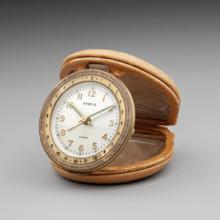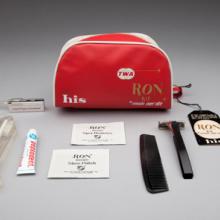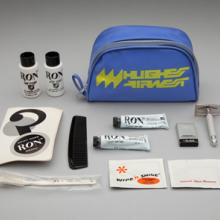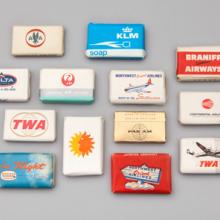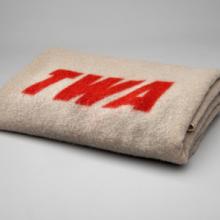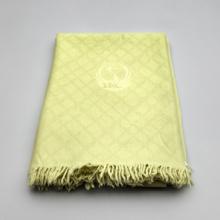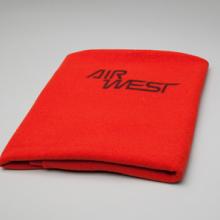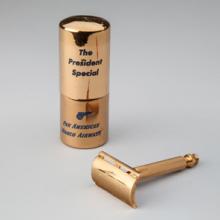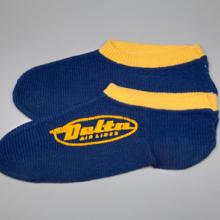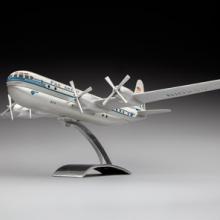Remain Over Night: Airline Sleeper Service Amenities
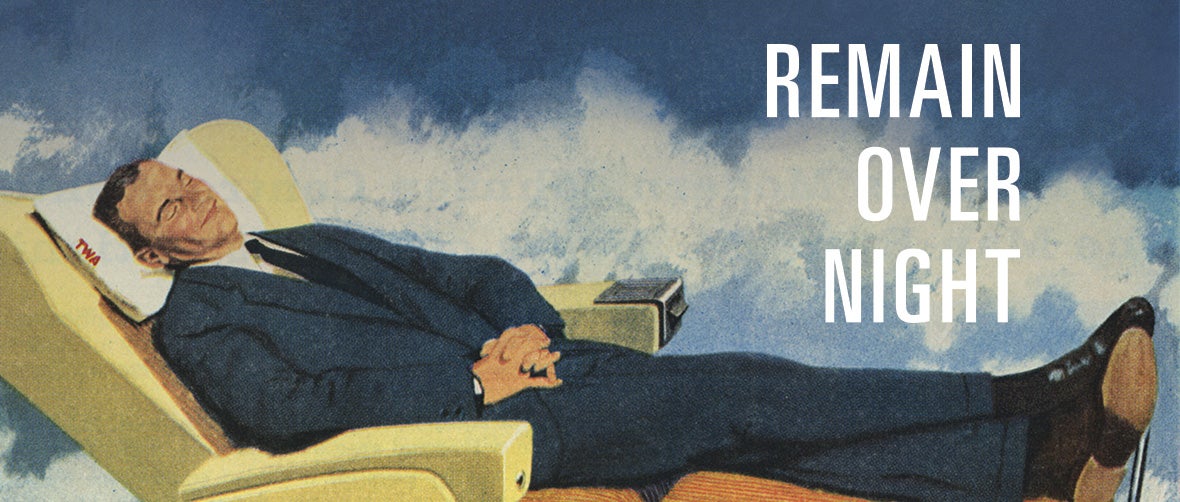
Remain Over Night: Airline Sleeper Service Amenities
Before the industrial age, long-distance travelers would often expect to stop at night for much-needed sleep, usually in camps or available lodgings. When in the nineteenth century steam-powered ocean liners began to traverse the Atlantic, upper-class passengers were offered cabins with beds. Long-distance rail lines began offering passengers standardized slumbering accommodations with the introduction of the sleeper-berth-equipped Pullman car in the late 1800s. By the 1930s, long-range commercial airliners were capable of crossing continents and oceans, and passengers on these aircraft had to be prepared to fly for many hours, often overnight. Some aircraft, such as the Curtiss Condor, Martin M 130 China Clipper, and Douglas DST (Douglas Sleeper Transport) were equipped with sleeping berths similar to railway Pullman cars. By the late 1940s, a seat capable of reclining into a bed, the “Sleeperette,” was introduced and trademarked by Pan American World Airways. Soon after, this type of seat became standard equipment on most long-distance sleeper-service airliners.
To remain on the aircraft overnight, passengers required many of the products used before, during, and after sleep. While items such as blankets, sheets, and pillows were usually offered by the airlines, passengers also needed pajamas, soap, toothbrushes, and a variety of grooming aids. At first, most of these were brought on board by passengers in small carry-on bags that were separated from their larger bags and suitcases, which were stored in the luggage hold. Soon, airlines began to offer passengers small carry-on bags embossed with their logos, and by the early 1950s, they were issuing similar, but smaller amenity kits, known as R.O.N. (Remain Over Night) kits containing a wide array of toiletries and other needed grooming items.
By the late 1950s, amenity kits became standard airline giveaways for most long-haul flights, along with sleep masks to block the ambient light from windows and other passengers and sleep socks to keep feet warm and insulated from the cold deck of the airplane. Some airlines also began to offer sleepwear such as robes, pajamas, and slippers. Since the 1970s, sleeper provisions have usually been offered as a premium service in business and first class. Remain Over Night presents a history of sleeper service through the many amenities offered by the airlines since the 1940s.
©2014 by the San Francisco Airport Commission. All rights reserved.
